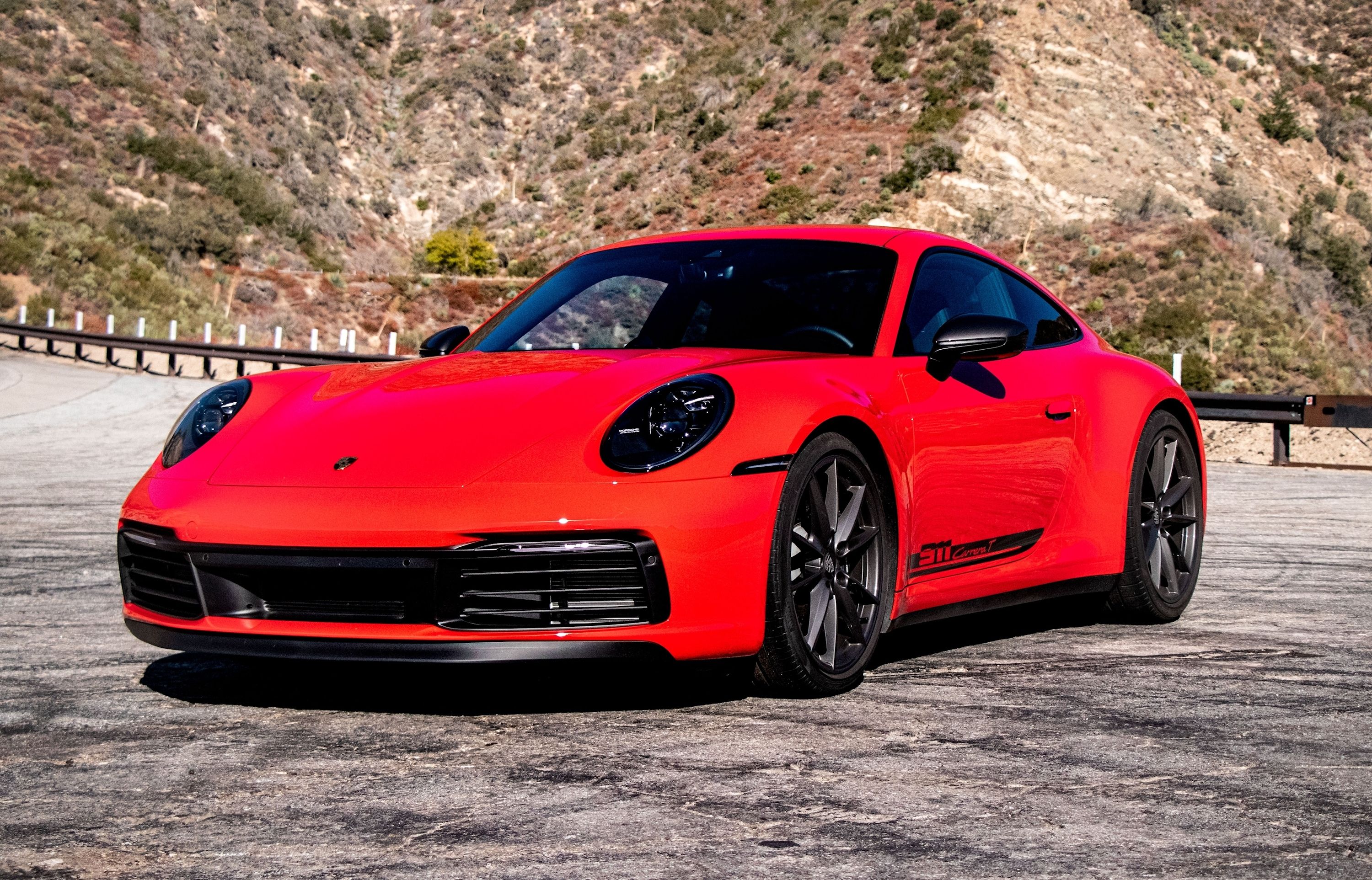
The Porsche 356 is considered a work of art, and all art has to start somewhere. This wooden frame, currently located at the Porsche Automuseum in Gmund, Austria, is what started it all.
During the 356's first year of production, each hand-made body panel was compared and fit to this perfect shape before ever touching an actual frame.
This first year of production in 1948, which also occurred in Gmund, Austria, served as the prototype year for the model and one of the only times aluminum was used for the panels. A total of 52 Type 356/2 vehicles (44 Coupe and 8 Cabriolet) were produced using this "first" 356 wooden model, and eight to 10 superlight models were finished a few years later.
These days the famous Porsche badge is highly coveted, and this wooden skeleton is Genesis.
Thanks to the process, these first models took an arduous amount of skill and time to finish. Each panel was shaped using hammers and compared to the structure until they fit perfectly. This meant it took a specialist around 90 hours to craft the 356's outer skin perfectly, and thus Porsche needed to employ the help of many specialists around Europe to accomplish the task.
Fortunately (or unfortunately, depending on who you ask), this process ended in 1949 when production was moved from Gmund to Karosseriewerk Reutter in Stuttgart. The process was used in small batches, but technological advancements allowed precision pressing tools and an upgrade to studier steel sheet metal.
A second wooden frame 356 was produced, but that was more a tribute to the model than anything else.
Today, the 356 is legendary; even the Porsche 911 has to give credit where credit is due. It's remarkable how well the 356 shape has held up through the decades, with the curves and headlight design still recognizable on all Porsche models today.
The cars inspire reverence but also invite imagination. Over the years, many have been resto-modded to great success, like the above-pictured model that features a pristine body and interior with some thoughtful additions. Or the one below that was artfully restored but left to show its gorgeous patina and age.
Some geniuses even gave the car AWD, and it has even been reimagined as a modern-day electric sports car. The 356 is the gift that keeps on giving, and we can thank this 75-year-old wooden model for making it happen.
